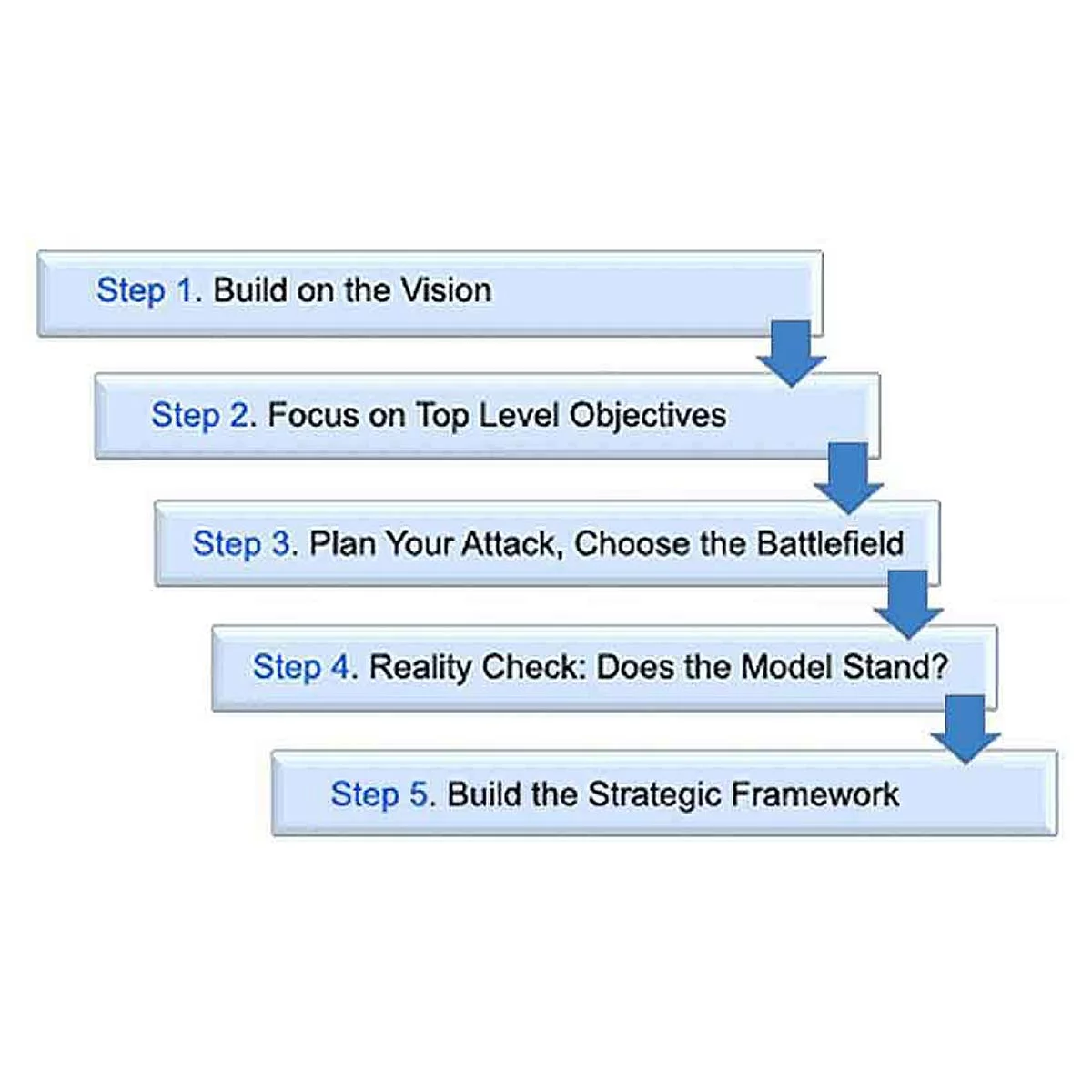
A Small Description of an Air Conditioning System
Private as well as business space-cooling requests are expanding all through the world as what used to be viewed as extravagance is apparently a need. Cooling producers have had a major impact in making units more reasonable by expanding their proficiency, as well as improving parts and innovation. The intensity of the business has expanded with the request, and there are numerous organizations giving cooling units and frameworks.
Cooling frameworks shift impressively in the estimate and get their energy from various sources. The fame of private climate control systems has expanded drastically with the approach of focal air, a methodology that uses ducting in a permanent spot for both cooling and warming. Business forced air systems, practically required in new development, have changed a ton in the previous few years as energy costs rise and force sources change and improve. The utilization of gaseous petrol-controlled mechanical chillers has developed extensively, and they are utilized for business cooling in numerous applications.
To hire the best company for air conditioning, please follow the link.
Crude Materials
Forced air systems are made of various sorts of metal. As often as possible, plastic and other nontraditional materials are utilized to diminish weight and cost. Aluminum or copper tubing, basic fixings in many forced air system segments, give prevalent warm properties and a positive impact on framework effectiveness. Different segments in a forced-air system will contrast with the application, yet as a rule, they are involved in treated steel and other erosion-safe metals.
Independent units that house the refrigeration framework will as a rule be encased in sheet metal that is shielded from natural conditions by a powder or paints covering.
The functioning liquid, the refrigerant that courses through the cooling framework, is regularly a fluid with solid thermodynamic qualities like freon, smelling salts, hydrocarbons, or water.
Layout
All forced air systems have four essential segments: a siphon, a condenser, an evaporator, and a development valve. All have a functioning liquid and a contradicting liquid medium too.
Two forced air systems may glance totally disparate in both shape, size, and arrangement, yet both capacity in essentially a similar way. This is because of the wide assortment of uses and fuel sources accessible. Most climate control systems get their force from an electrically determined engine as well as a siphon blend to flow the refrigerant liquid. Some flammable gas-driven chillers couple the siphon with a gas motor to emit essentially more force.
If you are searching for emergency service, please visit the link.











